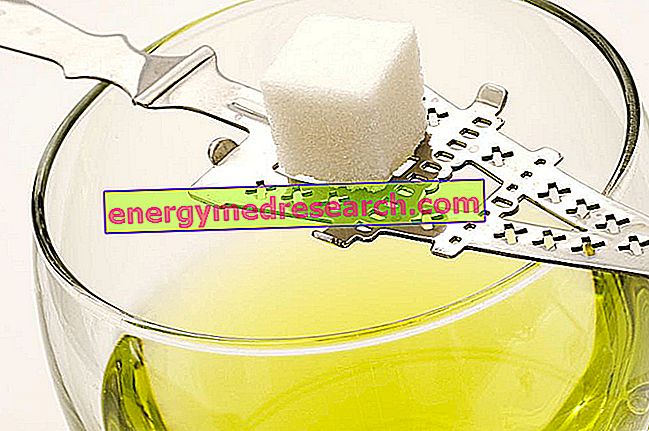
At one time there was a widespread belief that addiction to wormwood was distinguishable from that of other spirits; this circumstance led to the differentiation of the term absinthism .
One of the first experiments that induced this discrimination was that of Valentin Magnan (1864); the scientist simultaneously subjected some guinea pigs to large doses of absinthe vapor, and others to alcoholic vapors only. The guinea pigs exposed to wormwood vapors experienced seizures, while I gave them exposure to alcohol they did not suffer. Magnan would then blame the tujone molecule contained in the drink.
This, once accused of being the active principle of absinthe, is an antagonist of GABA; it can produce muscle spasms, but there is no direct evidence that it can cause hallucinations. Old reports estimated thujone concentrations in wormwood up to 260mg / l. The most recent scientific analyzes have instead denied the first measurements, showing that only one trace of the tujone is present in contemporary wormwood. Today, the drink falls within the current European standards.
Tests conducted on mice to study the toxicity of absinthe showed an oral LD50 (killing 50% of the research sample) of approximately 45mg / kg of thujone, impossible to introduce with alcohol. This is because the high percentage of alcohol in the drink would lead to the death of the subject before the thujones can become dangerous.
In some documented cases of acute tujone poisoning by oral ingestion, the source of the substance was not commercial wormwood, but rather alternative sources such as the essential oils commonly sold (which may contain up to 50% tujone).
A study published in the "Journal of Studies on Alcohol" concluded that high doses (0.28mg / kg) of thujones in alcohol solution may have negative effects on mental performance, delaying reaction time and forcing subjects to focus their attention in the central visual field. Low doses (0.028mg / kg) produced no effects other than those of the control solution (ethyl alcohol). The effects of the samples with high doses were statistically significant in the double-blind test and the subjects themselves were able to reliably identify which sample contained the thujone. For an average of 65kg, the high-dose samples in the study were 18.2mg of thujone. To achieve the effects highlighted in the study, by virtue of the limit imposed by the EU (35 mg / l), consumption of as much as 0.5L of drink would be necessary; obviously, since the absinthe has a gradation comprised between 45 and 75 °, this would determine above all an acute poisoning from alcohol.



